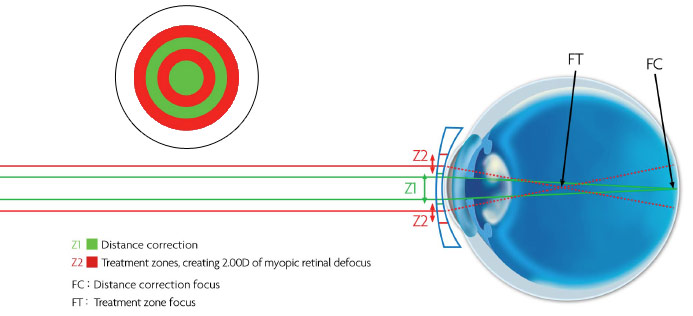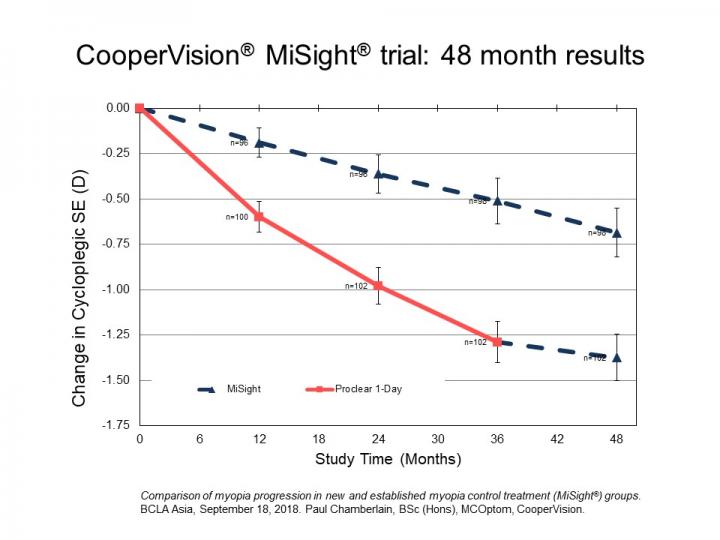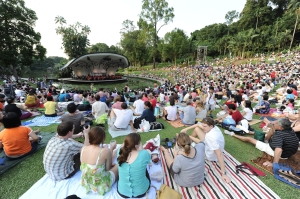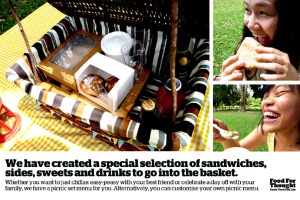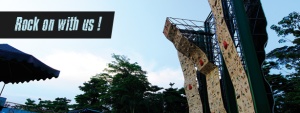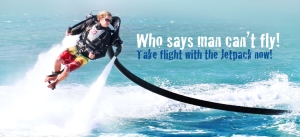by Patrick Ng,
Optometrist
Msc Clinc Optom (USA)
Covid19 brought about a rapid change in the work and educational landscape. It accelerated digital learning. Although physical lessons have resumed, e-learning has become a part of the education journey. Due to the change from looking at white boards (usually viewed @ more than 3metres, to looking at computer screens ( 80cm or closer), the accommodative load on the eyes has increased by almost 4 times.
Compared to pre Covid19, the primary eye care industry has been witnessing a more rapid progression in myopia. Kids are starting to become myopic at an earlier age and the rate of myopia progression is faster. High myopia is associated with increased risk of eye problems such as retina detachment, glaucoma and maculopathies at an older age. These problems can result in irreversible vision loss. Hence, there is a need to slow down myopia progression in our kids. Spending time outdoor seems to have a protective effect against myopia for those pre-myopes. However, once myopia sets in, outdoor time seems to have little effect in slowing down myopia.
Currently, there are 3 proven methods to slow down myopia.
1) Atropine (prescribed by eye Dr)
2) Myopia control spectacle lenses (Hoya Miyosmart aka DIMS and Essilor Stellest)
3) Contact lenses (Overnight reshaping Ortho k hard lenses and day wear daily disposables, Misight and Abiliti 1 day)
I have written about Atropine, Miyosmart and MiSight before. I will discuss more about Abiliti 1 Day in this article. It is a myth that children are too young to wear contact lenses. We have fitted children from 6 years old onwards as long as their eyes have been assessed to be healthy and the child is able to demonstrate the ability to handle the contact lenses by themselves. Since the myopia control soft contact lenses are daily disposables, the child gets a new clean lens every day, so hygiene is not going to be an issue here.
Previous myopia control contact lens uses a dual focus technology to create a myopic defocus effect on the fovea. This resulted in a slower elongation of the axial length of the eyeball, thus a slower increase in myopia. ( Axial length increases, myopia increases). It is theorized that a larger myopic defocus effect on the fovea has a better effect on myopia control. However, with the dual focus lens, a larger myopic defocus will also significantly decrease the sharpness of images. Hence most of the myopic defocus is around the +2.00D range.
Abiliti 1 day is a daily disposable contact lens developed by Acuvue. It utilizes a RingBoost technology (+7D defocus) for myopia control. It is made with a silicon hydrogel material and smaller diameter for high oxygen permeability, increased wearing comfort as well as easier handling and insertion for young children. The revolutionary RingBoost technology is designed to break the interdependence between vision quality and treatment effect. When light hits the lens, it splits. A portion of this light focuses on the retina to correct vision, allowing your child to see clearly while the rest of light focuses in front of the retina to slow down myopia. Abiliti 1-Day lenses can provide strong myopia treatment while maintaining visual quality. In fact, in as little as 6 months, Abiliti 1-Day reduced axial elongation by 0.105mm on average. Generally speaking, 0.18mm corresponds to approximately 0.5D of myopia.

From our experiences, the lens is easier to insert compared to traditional soft lens. Once the child has adapted to the lenses (as fast as the first few hours and up to 5 days), the visual acuity is much like the usual contact lenses. For children with high astigmatism, a pair of top up glasses will be required. We are excited about this new technology. As much as it is new and in its early days, the first few fits have been excellent. We look forward to share more data once we have reviewed our existing clients who are on this program. It is an option for those who have not responded well/keen on the other options of myopia control. For parents looking for combination therapy with low dose atropine, Abiliti 1 Day lens is an excellent option as it comes with UV protection.
We will update this page whenever there are more new data and findings as well as our own experiences with the lens. Feel free to reach out to us @ 87256911 if you have more questions.

